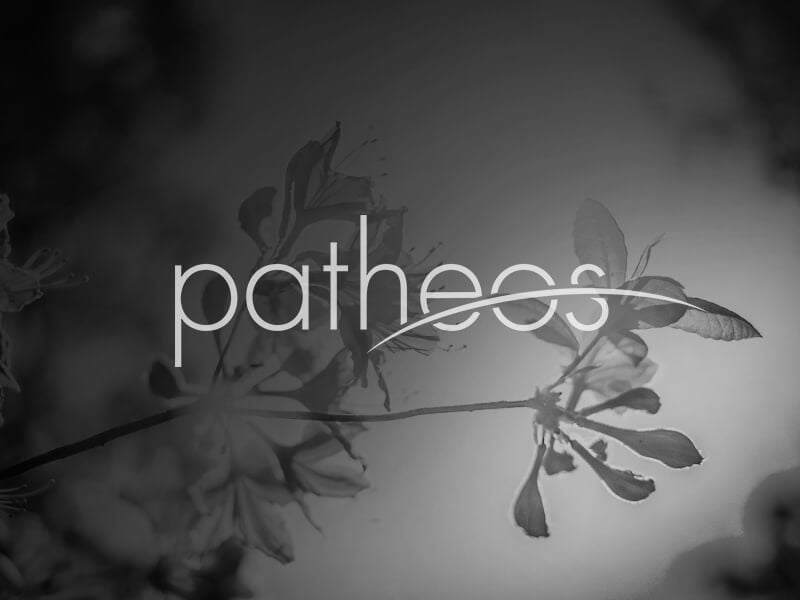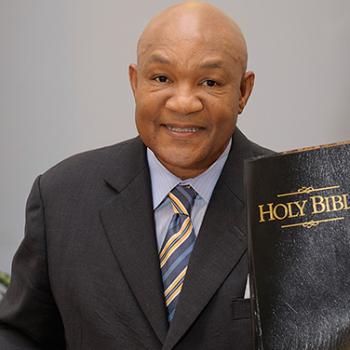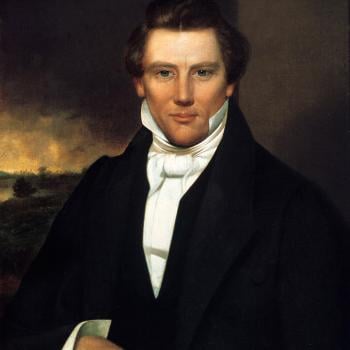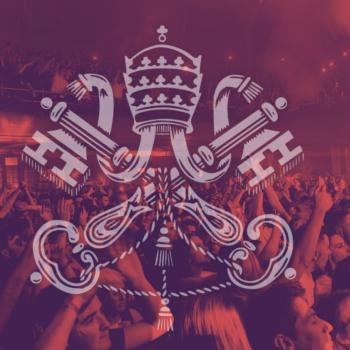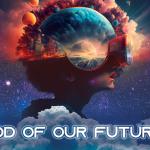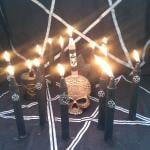Max Gladstone doesn’t think that the human-looking creatures in Star Wars can be humans. After all, they inhabit a galaxy far, far away in a distant time. Humans evolved on earth, and fairly recently. He assembles the clues to their species identity. There are few women, yet the ones who appear are princesses and queens. There’s not much about family or parentage, relations of children to parents doesn’t seem close, and that suggests “large brood sizes, short gestation periods, young ages of... Read more



